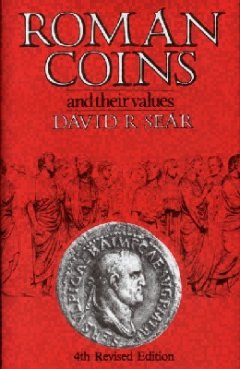

Attached to it, in Greek characters, was the saying "Ev tούτῳ Νίκα!" ("In this, conquer!"). At noon, Constantine saw a cross of light imposed over the sun. In this later version, the Roman emperor had been pondering the misfortunes that befell commanders who invoked the help of many different gods, and decided to seek divine aid in the forthcoming battle from the One God. 337–339), a miraculous appearance is said to have come in Gaul long before the Battle of the Milvian Bridge. In a memoir of the Roman emperor that Eusebius wrote after Constantine's death ( On the Life of Constantine, c. In his church history, written shortly after the battle, when Eusebius had not yet had contact with Constantine, he does not mention any dream or vision, but compares the defeat of Maxentius (drowned in the Tiber) to that of the biblical pharaoh and credits Constantine's victory to divine protection. Emperor Constantine the Great's labarum, a standard incorporating the wreathed Chi-Rho, from an antique silver medal.Įusebius of Caesarea (died in 339) gave two different accounts of the events. 326) shows that the symbol mentioned by Lactantius and Eusebius was a chi rho. This coin of Crispus, son of Constantine, with a chi rho on the shield (struck c.

That very day Constantine's army fought the forces of Maxentius and won the Battle of the Milvian Bridge (312), outside Rome. The description of the actual symbol chosen by Emperor Constantine the next morning, as reported by Lactantius, is not very clear: it closely resembles a Tau-Rho or a staurogram ( ), a similar Christian symbol. 306–337), who made him tutor to his son Crispus, Constantine had dreamt of being ordered to put a "heavenly divine symbol" ( Latin: coeleste signum dei) on the shields of his soldiers. Origin and adoption Īccording to Lactantius, a Latin historian of North African origins saved from poverty by the Emperor Constantine the Great (r.

Missorium depicting Emperor Constantine the Great's son Constantius II accompanied by a guardsman with the Chi-Rho depicted on his shield (at left, behind the horse). Īlthough formed of Greek characters, the device (or its separate parts) is frequently found serving as an abbreviation in Latin text, with endings added appropriate to a Latin noun, thus XPo, signifying Christo, "to Christ", the dative form of Christus, or χρ̅icola, signifying Christicola, "Christian", in the Latin lyrics of Sumer is icumen in. In pre-Christian times, the Chi-Rho symbol was also used to mark a particularly valuable or relevant passage in the margin of a page, abbreviating chrēston (good). Early symbols similar to the Chi Rho were the Staurogram ( ) and the IX monogram ( ). Constantine's standard was known as the Labarum. 306–337 AD) as part of a military standard ( vexillum). The Chi-Rho symbol was used by the Roman Emperor Constantine I (r. The Chi Rho ( ☧, English pronunciation / ˈ k aɪ ˈ r oʊ/ also known as chrismon ) is one of the earliest forms of Christogram, formed by superimposing the first two (capital) letters- chi and rho ( ΧΡ)-of the Greek word ΧΡΙΣΤΟΣ ( Christos) in such a way that the vertical stroke of the rho intersects the center of the chi.


 0 kommentar(er)
0 kommentar(er)
